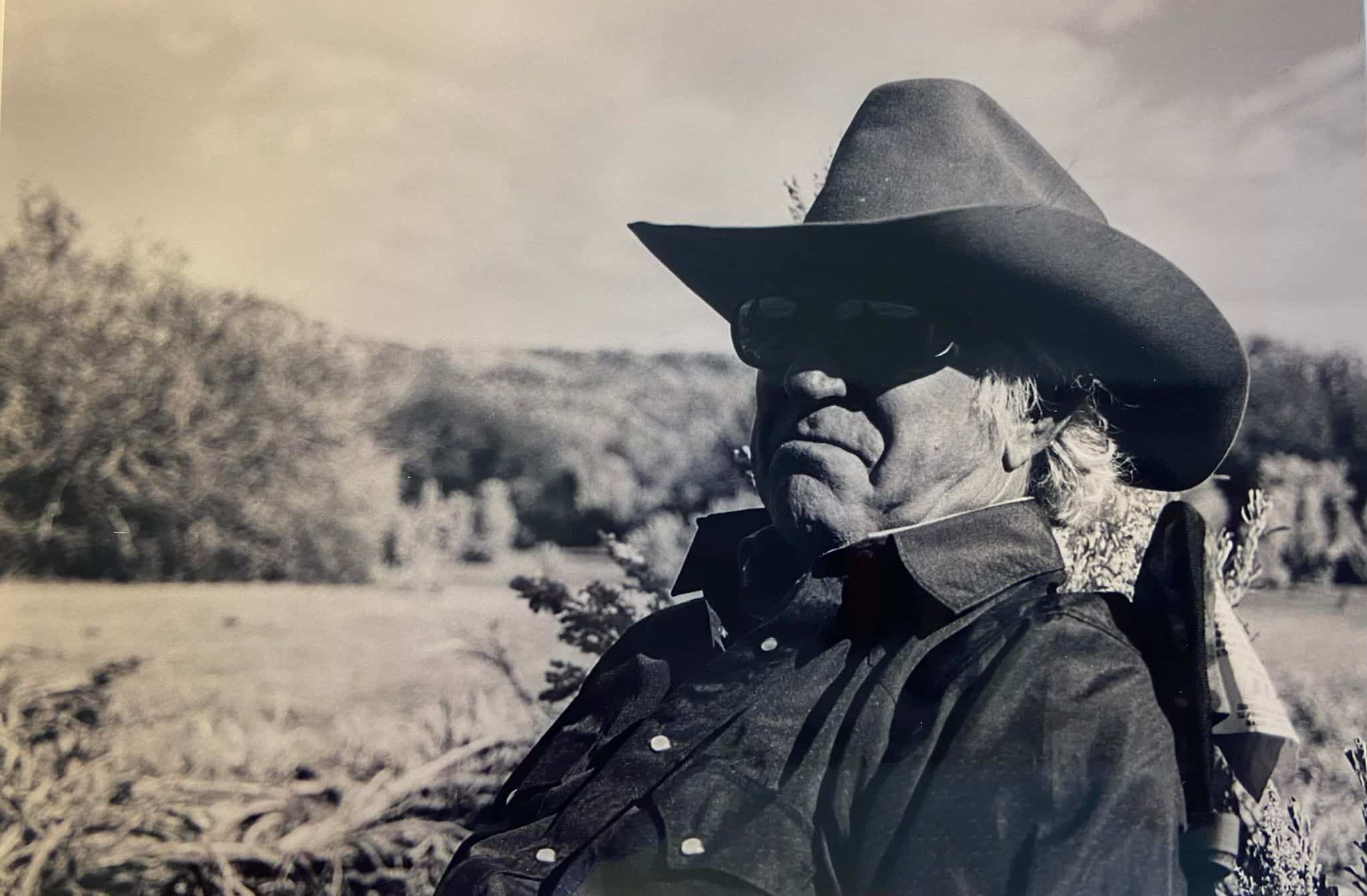Mules and Donkeys
AAEP added a new dimension at the annual convention this year. An entire afternoon session was devoted to a discussion of mules and donkeys. The fact that Tom Lenz, DVM, president-elect, was in charge of the program might have had something to do with it–Lenz is from Missouri, a state long noted for its mule population. Lenz moderated the session, telling the large crowd in attendance that he would have a hard time explaining himself back home if he hadn’t featured mules and donkeys on the program. The mule, he said, is Missouri’s state animal.
In the wake of his introduction, four speakers set forth to explain the many intriguing attributes of the long-eared critters. One message seemed to pervade all of the presentations–you often can’t transfer what you know about, and do with, horses, to mules and donkeys.
Leading off the session was Suzanne Burnham, DVM, of Burnham Veterinary Hospital in Graham, Texas. Burnham is a mule owner and has given numerous presentations on mules and donkeys.
“Very little of what is known about the mule comes from scientific research,” she said. “Folklore and muleskinners teach us that a mule is a creature of habit; that mules enjoy a good roll at the end of the day’s work; and that mules recover from a hard day’s work faster than a horse
Create a free account with TheHorse.com to view this content.
TheHorse.com is home to thousands of free articles about horse health care. In order to access some of our exclusive free content, you must be signed into TheHorse.com.
Start your free account today!
Already have an account?
and continue reading.

Written by:
Les Sellnow
Related Articles
Stay on top of the most recent Horse Health news with












